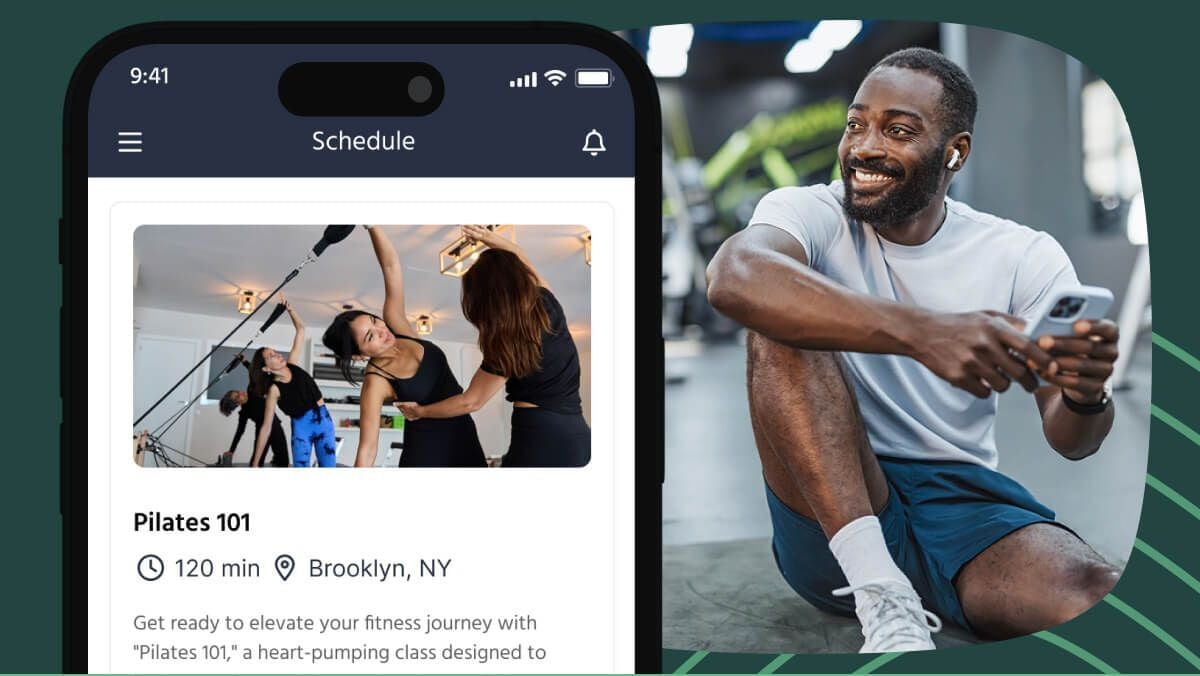Aside from ensuring your members are satisfied with their workout regimes, gym owners must also keep a keen eye on the business side of things. This includes maximizing revenue and profits, which, at times, can seem like a daunting task.
Boosting your gym's revenue and profits involves more than just increasing membership fees or cutting costs. It requires strategic planning, a deep understanding of your customer base, and innovative thinking.

-
Referral programs
Referral programs are a powerful revenue booster for gyms. Leveraging the trust of current members to attract new ones is more impactful than traditional advertising. When a member refers someone, it reduces the newcomer's initial hesitations and makes the onboarding process smoother.
The cost of acquiring a member through referrals is typically lower, ensuring a higher return on investment. Such programs also enhance the gym's community feel, as members often refer individuals they believe will integrate well.
-
Upselling service add-ons
Effective upselling requires understanding members' goals. Proper staff training ensures that relevant add-ons are suggested without being overly aggressive.
Upselling service add-ons benefits the gym's revenue and the members’ fitness journey.
Members often join with specific goals, such as weight loss or muscle building. By offering services tailored to these goals, gyms can generate additional income.
A member focused on weight loss might appreciate personalized nutrition plans, while someone building muscle could benefit from advanced strength training classes.
-
Specialized group fitness classes
Specialized group fitness classes can enhance gym revenue by drawing a broader clientele, supporting premium pricing, and increasing member loyalty.
Specialized classes enable premium pricing. Members often pay more for specialized knowledge due to the expertise required to conduct these sessions. This raises the average revenue per member and enhances the gym's perceived value.
Gyms should gather member feedback, stay abreast of fitness trends, and ensure continuous instructor training to make the most of specialized classes. This keeps classes relevant and updated.
-
Social media
Using social media can significantly boost gym revenue. Platforms like Instagram, TikTok, YouTube, Facebook, and Twitter allow gyms to showcase their offerings, from specialized classes to expert trainers.
Gyms attract potential members and establish community ties by posting workout videos or success stories.
Targeted advertising on these platforms ensures promotions reach the right audience, optimizing return on investment. Engaging with followers by responding to comments or hosting challenges fosters loyalty and often leads to increased memberships.
-
Dynamic pricing strategies
Dynamic pricing strategies allow gyms to adjust membership and service pricing based on real-time demand, time of day, or season. This can increase revenue by capitalizing on high-demand periods and filling slots during slower times.
Gyms often experience surges in members at certain hours and lulls at others. Offering discounted rates during slower hours attracts members seeking quieter sessions or those looking for savings, and optimizing facility use.
Dynamic pricing benefits both revenue and member satisfaction. Members attending during peak times might value their preferred slot enough to pay a premium, while others can access facilities at a reduced rate during off-peak hours.
Successful implementation requires understanding member behavior and gym capacity. Digital platforms and management software can help track these metrics for real-time pricing adjustments. Gyms can balance demand, capacity, and pricing by analyzing and adjusting for increased profitability.
-
Partnering with local businesses
By strategically partnering with local businesses, gyms can diversify revenue, enhance member experiences, and strengthen community ties. Collaborations with nearby establishments allow gyms to access a wider customer base and cross-promote services.
A gym could collaborate with a local health food cafe, offering discounted meals for gym members, driving traffic to both businesses.
Similarly, partnerships with sports stores can provide gym members with exclusive discounts on sportswear or equipment, encouraging membership renewals.
Such collaborations enhance the member experience. A post-workout special discount at a nearby spa due to a gym membership can foster member loyalty.
Local partnerships also allow for joint events or workshops. Teaming up with a local nutritionist for a health seminar or a sports brand for a product launch can attract potential members.
-
Streamline operations and reduce costs
Streamlining operations and cutting unnecessary costs directly boosts gym revenues. Efficient operations ensure resources are used effectively.
For example, optimizing class schedules ensures trainers are available during peak hours, enhancing member satisfaction and retention. Digital check-ins and membership management can also reduce administrative tasks and errors.
Cost-cutting impacts profitability. Regularly reviewing expenses helps gyms identify savings opportunities, whether that's renegotiating supplier contracts or investing in energy-efficient equipment.
The immediate benefit is an improved profit margin, but the long-term advantage is adaptability. A cost-effective, efficient gym can adapt to market changes, invest in new opportunities, and withstand economic challenges, ensuring sustainable growth.
-
User-friendly mobile app
A user-friendly mobile app directly influences gym membership rates and retention. By simplifying the member onboarding process, new members can sign up, choose plans, and get a virtual facility tour.
An intuitive app with features like class bookings, workout progress tracking, and virtual training sessions ensures consistent member engagement.
This engagement translates to higher retention rates. The app can also introduce new revenue streams, such as premium features, virtual personal training, and in-app purchases from wellness brands. Push notifications can highlight promotions, driving further revenue.










